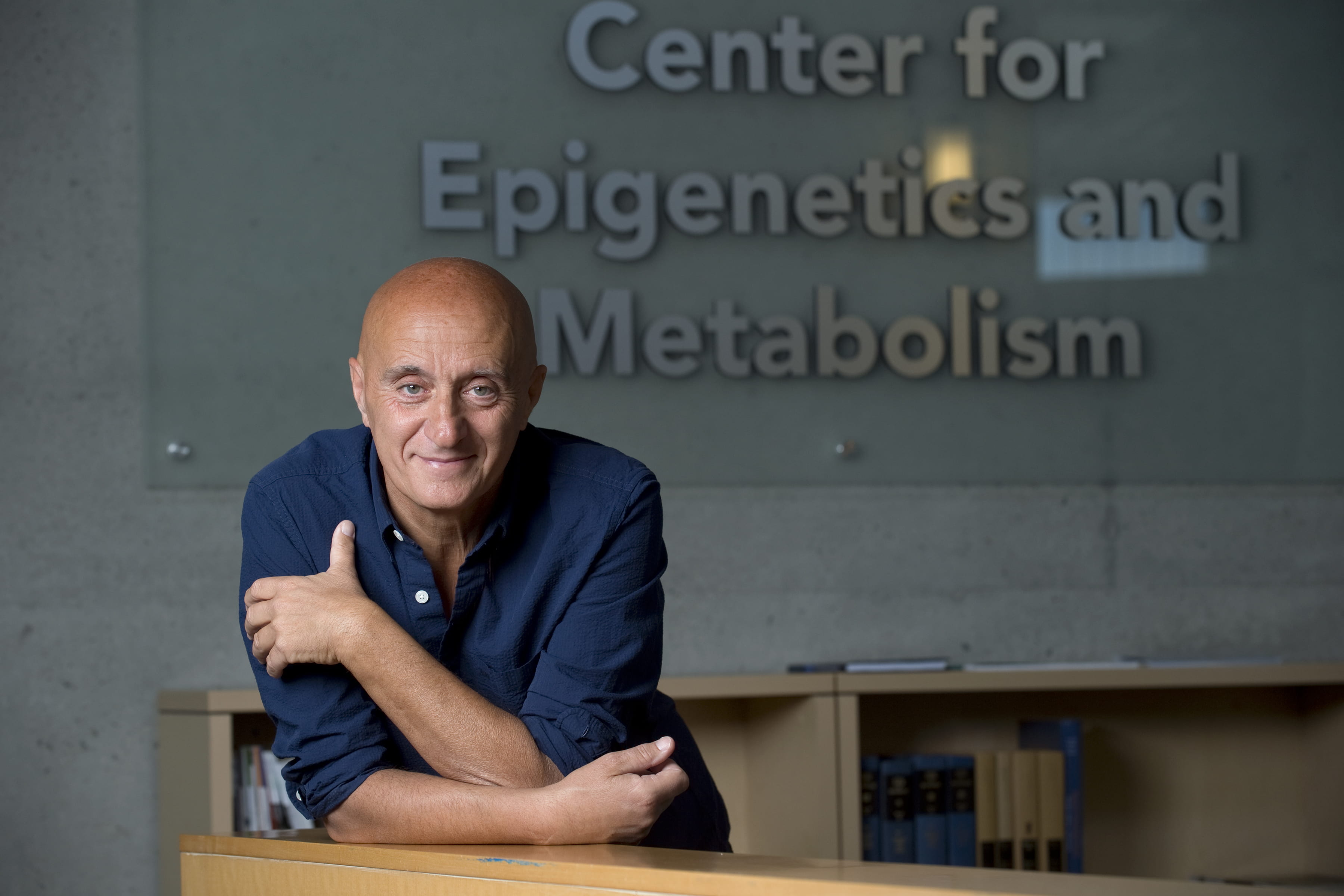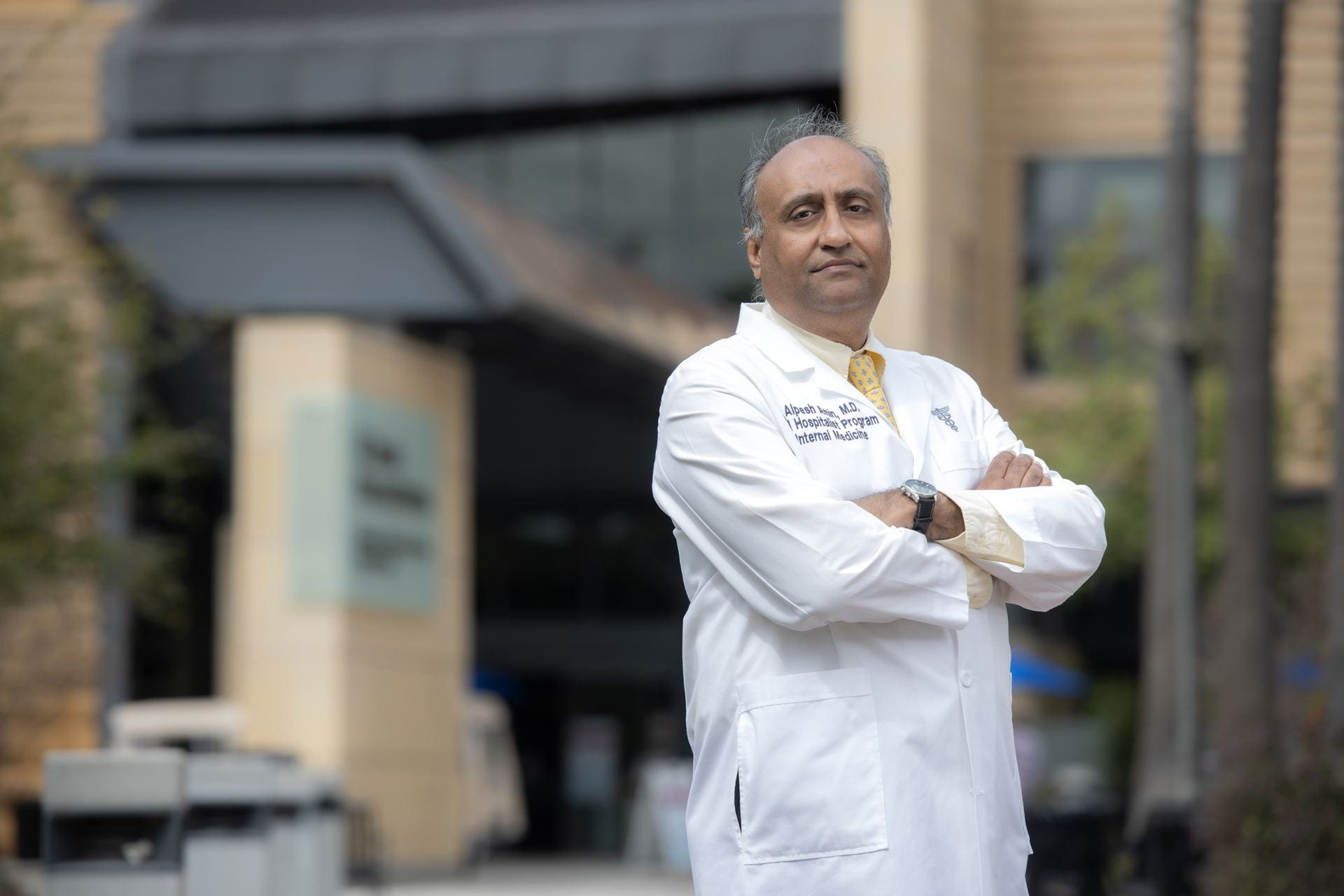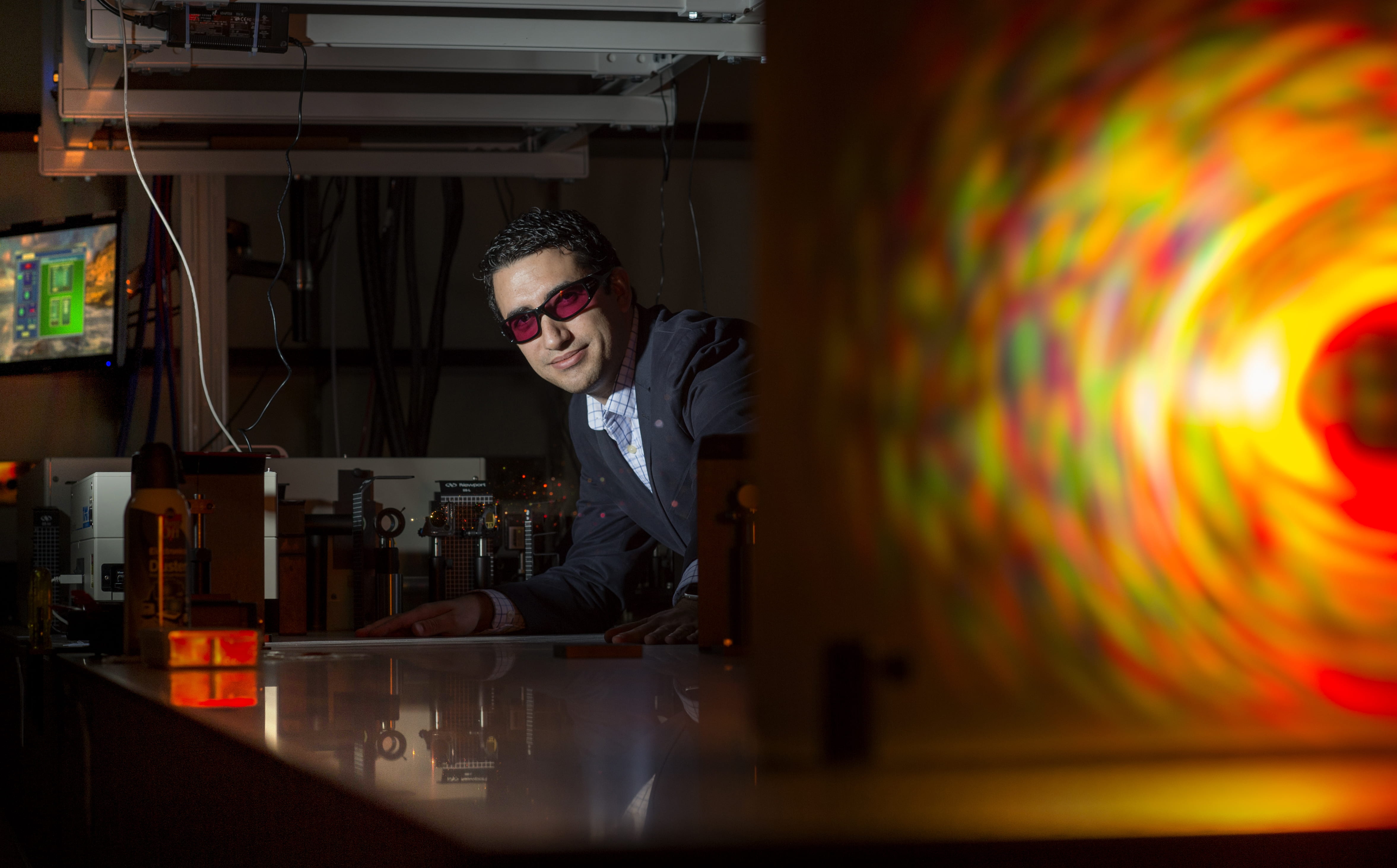UCI-led study reveals communication among organs, tissues regulating body's energy
First-ever ‘atlas’ of circadian metabolism shows how disruptions may lead to disease

Irvine, Calif., Sept. 6, 2018 — An international research team led by the University of California, Irvine has identified a system of communication networks that exists among organs and tissues that regulate metabolism. Findings from their study provide, for the first time, a detailed “atlas” illustrating how the body creates and uses energy, and how imbalances in the networks may impact overall health.
Published today in the journal Cell, the research reveals the highly coordinated, multi-tissue metabolism underlying the body’s circadian rhythms and examines how disruptions in these rhythms – such as those caused by high-fat diets – induce misalignment among the network clocks and can trigger inflammation, which has been linked to major diseases and can affect lifespan.
Lead author Paolo Sassone-Corsi, Donald Bren Professor of Biological Chemistry at UCI’s School of Medicine, first showed the circadian rhythm-metabolism link some 10 years ago, identifying the metabolic pathways through which circadian proteins sense energy levels in cells.
“The human body is a complex, beautifully integrated system that functions at optimum efficiency when the networks are in balance,” said Sassone-Corsi, director of UCI’s Center for Epigenetics and Metabolism. “When this system is disrupted through misalignment among organs, the body will function at a less-than-optimum level, which may lead to disease. We are presenting a map that illustrates how to achieve the best health possible through proper balance and homeostasis.”
The researchers examined a variety of genetic clocks – ranging from those in blood serum, the liver and muscle to those in the brain’s prefrontal cortex and hypothalamus, as well as in brown and white body fat. The resultant atlas maps the connections among various organs and tissues, which together make up the so-called body clock that governs day-night patterns of metabolic activity. The team then tested the connections to see how a high-fat diet in mice scrambled the body’s fine-tuned metabolic patterns and rewired the communication and coordination among clocks.
“The effects of the high-fat diet give evidence that external factors can disrupt the coordinated metabolic pattern,” Sassone-Corsi said, adding that with this atlas, information from one organ or tissue group can provide a systemwide understanding of metabolic irregularities and the illnesses related to them.
“We can now create an approach to personalized medicine based on an individual’s circadian metabolism,” he said. “Metabolic profiling is a big-data method of optimizing metabolic health.”
The international team partnered with the biomedical company Metabolon on this current research, and they will collaborate on a human study and further exploration of circadian-controlled metabolic networks in other organs and tissue groups.
Also contributing to the work were Nicholas J. Ceglia, Yu Liu, Danny Armenta and Pierre Baldi of UCI’s Institute for Genomics and Bioinformatics; Sara de Mateo, Marlene Cervantes, Serena Abbondante, Paola Tognini, Ricardo Orozco-Solis, Kenichiro Kinouchi, Selma Masri, Emiliana Borrelli and Kristin Eckel-Mahan of UCI’s Center for Epigenetics and Metabolism; and scientists from Germany’s Center for Diabetes Research and Institute of Experimental Genetics, the University of Cambridge, Harbor-UCLA Medical Center, and the King Abdullah University of Science and Technology in Saudi Arabia.
The National Institutes of Health, the Defense Advanced Research Projects Agency, the French National Institute of Health and Medical Research (INSERM), the King Abdullah University of Science and Technology, and the Novo Nordisk Foundation provided support.
About the University of California, Irvine: Founded in 1965, UCI is the youngest member of the prestigious Association of American Universities. The campus has produced three Nobel laureates and is known for its academic achievement, premier research, innovation and anteater mascot. Led by Chancellor Howard Gillman, UCI has more than 30,000 students and offers 192 degree programs. It’s located in one of the world’s safest and most economically vibrant communities and is Orange County’s second-largest employer, contributing $5 billion annually to the local economy. For more on UCI, visit www.uci.edu.
Media access: Radio programs/stations may, for a fee, use an on-campus ISDN line to interview UCI faculty and experts, subject to availability and university approval. For more UCI news, visit wp.communications.uci.edu. Additional resources for journalists may be found at communications.uci.edu/for-journalists.


